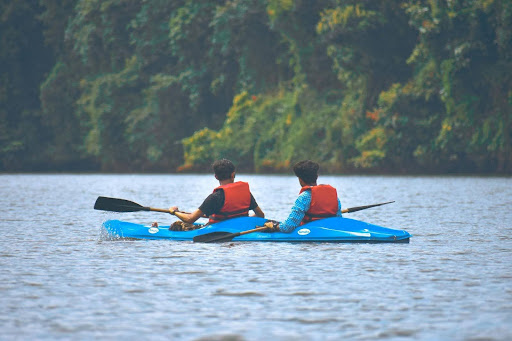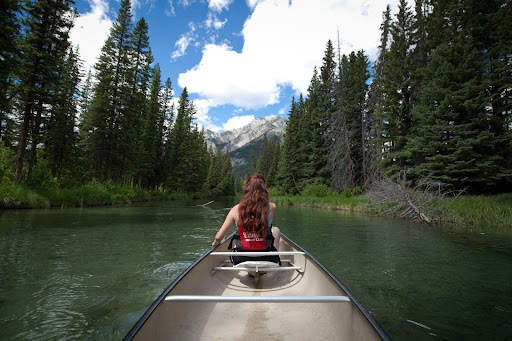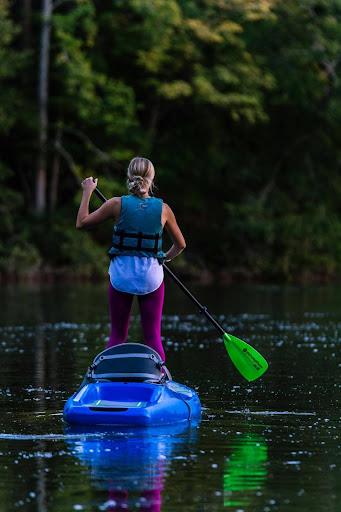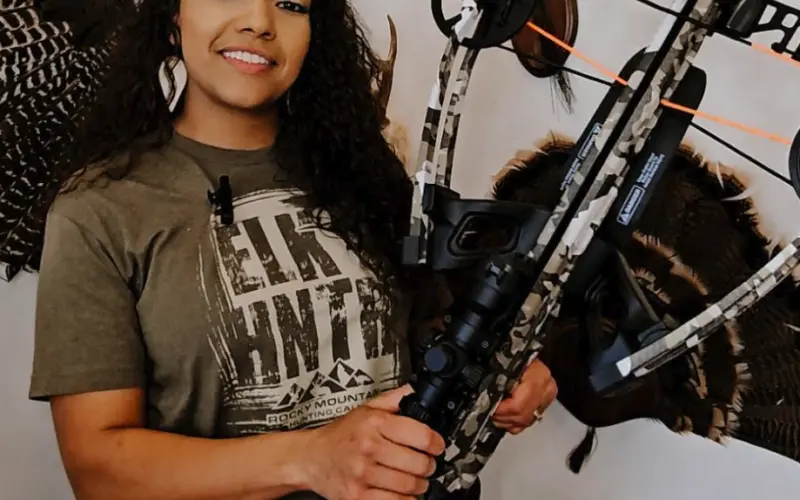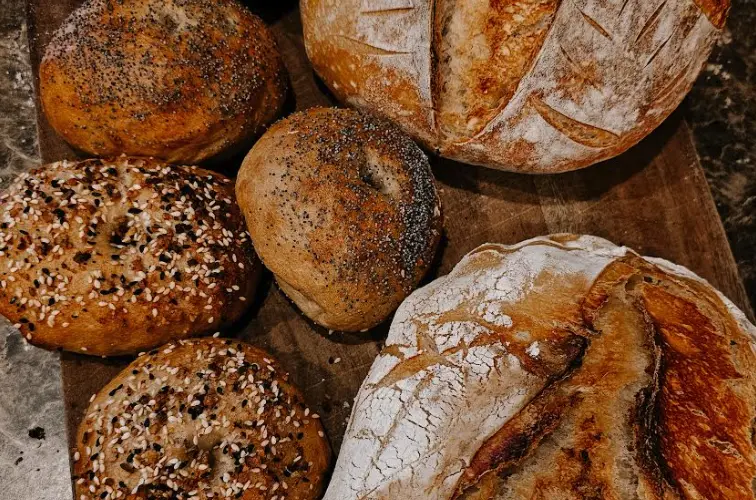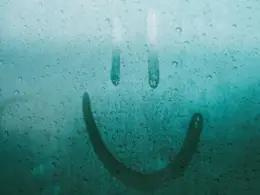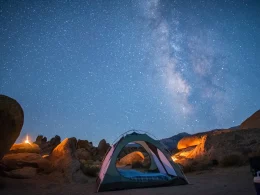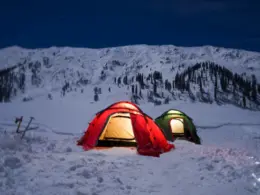Imagine gliding across a serene lake, the gentle ripple of water under your paddle, and the sounds of various insects and birds enveloping you as the sun sets in a blaze of colors. This is one of my favorite reasons to enjoy camping from a different perspective: on the water.
The joy of paddling is matched only by the tranquility of setting up camp at your lakeside haven, where the worries of daily life seem to drift away with the current. There is nothing bad to say about this type of camping.
However, for beginners, embarking on their first paddling adventure can be exciting and daunting. I hope that this guide aims to provide you with essential tips and knowledge, ensuring your journey is both enjoyable and manageable without worrying about dunking everything in the lake.
Table of Contents
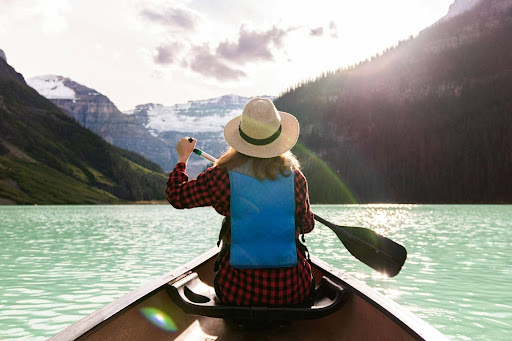 Choosing the Right Watercraft
Choosing the Right Watercraft
When selecting a watercraft for your paddling adventure, there are several options: kayaks, canoes, and paddleboards. Each type offers unique experiences and comes with its advantages and disadvantages.
Kayak vs. Canoe vs. Paddleboard
Kayak: Kayaks are sleek and agile watercraft designed for one or two paddlers. They sit low in the water, and the paddler uses a double-bladed paddle. Kayaks are excellent for paddling narrow and shallow waters while offering good speed and maneuverability.
However, they can be less stable for beginners and require some skill to enter and exit. There are also different types to consider, from sit-on-top kayaks to the sleek bodies of sea-worthy kayaks.
Canoe: Canoes are larger and open-decked, allowing for multiple paddlers and gear. They are more stable on the water, making them ideal for carrying camping supplies and multiple passengers.
Canoes are easy to enter and exit and are great for beginners.
On the downside, they tend to be slower and less agile than kayaks and can be challenging to paddle in windy conditions.
Paddleboard: Paddleboards, or stand-up paddleboards (SUPs), provide a unique perspective as you stand while paddling. They are great for workouts and offer a serene paddling experience.
Paddleboards are easy to transport and store but can be less stable, especially in choppy waters. They require good balance and are less suitable for carrying gear or going long distances. I’ve done it before, but my balance isn’t good enough to let me stand and manage a deck full of gear.
Beginner Recommendations
For beginners, a canoe may be the best choice due to its stability and ease of use. Canoes offer ample space for gear and multiple passengers, making them perfect for first-time adventurers on calm lakes and rivers.
Licensing and Safety
Before hitting the water, check if your area requires any specific licensing for using a watercraft. This can vary by location and type of water body. Additionally, I always recommend taking a water safety course and obtaining some form of paddling certification. This will ensure you are comfortable and knowledgeable on the water, making your trip safer and more enjoyable.
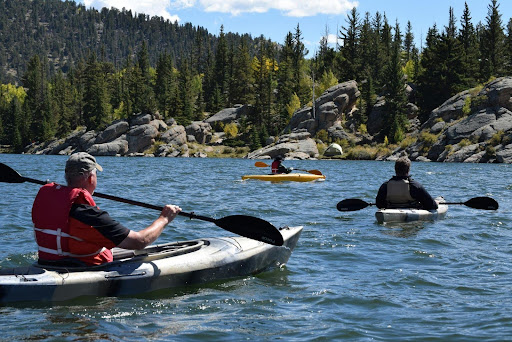 Essential Gear Checklist
Essential Gear Checklist
There are some considerations of what to bring over and above your normal camping gear. Here is a rough breakdown of the essential paddling gear that I recommend bringing.
Personal Flotation Device (PFD)
A Personal Flotation Device (PFD) is a crucial piece of safety gear for any water activity. It helps keep you afloat in case you fall into the water, reducing the risk of drowning. When choosing a PFD, ensure it is Coast Guard-approved and fits snugly without being uncomfortable. Check for adjustable straps and consider the type of water activity to find the most suitable design.
Some people think that a PFD and a lifejacket are the same thing; However, there are some differences. A PFD (Personal Flotation Device) is a broad category that includes any device designed to keep a person afloat, such as buoyancy aids and throwable devices. A life jacket is a specific type of PFD designed to turn an unconscious person face up in the water and provides more buoyancy and safety than other PFDs.
Paddle
Paddles come in various types, including single-bladed for canoes and double-bladed for kayaks. To select the right size, consider the height and the width of your watercraft. A paddle too long or short can cause discomfort and inefficient paddling.
To determine if a canoe or kayak paddle is a good fit, hold the paddle vertically with one hand at the grip and the other at the blade’s throat; your top hand should be able to comfortably rest on the grip without overstretching. Additionally, when seated, the paddle’s length should allow the blade to be fully submerged in the water without requiring excessive reach.
Clothing
Wear moisture-wicking, quick-dry clothing suitable for the weather. In colder conditions, consider wearing layers and a wetsuit. Don’t forget a hat and sunglasses for sun protection. Linen is a free-flowing fabric that I use a lot in the summer for its quick-drying capabilities and great airflow.
Just bring extra clothing because you will get wet during your trip especially if you have to keep getting in and out of your boat for portages.
Safety Equipment
Here is a list of safety equipment you should have on board your watercraft for any adventure out on the water:
- Personal Flotation Device (PFD): Required by law in many areas; should be worn at all times.
- Whistle or Horn: For signaling and attracting attention.
- Throw Bag with Rope: Useful for rescues.
- Bilge Pump or Sponge: To remove water from your vessel.
- Navigation Lights: Essential if paddling at night or in low visibility conditions.
- First Aid Kit: For addressing injuries on the water.
- Compass and Map or GPS: Important for navigation.
- Dry Bag: To keep essential items like phones, keys, and clothing dry.
- Knife: Useful for cutting rope or other materials in emergencies.
It’s important to keep in mind that there are local laws around this stuff too. Regulations vary by location, so always check local requirements and guidelines for specific safety gear.
Understanding Flotation Devices
The U.S. Coast Guard classifies lifejackets into five types based on their intended use and buoyancy level. It is essential to choose the right type of lifejacket depending on the activity and water conditions.
Type I: Offshore Lifejacket
Type I life jackets offer the highest level of buoyancy and are suitable for open, rough, or remote waters where rescue may be delayed. They are designed to turn most unconscious wearers face up in the water.
Type II: Near-Shore Buoyant Vest
Type II PFDs are intended for calm, inland waters where quick rescue is likely. They provide less buoyancy than Type I and may not turn an unconscious person face up.
Type III: Flotation Aid
These PFDs are designed for comfort and are suitable for most recreational boating activities like kayaking. They allow for greater freedom of movement but are not guaranteed to turn an unconscious wearer face up.
Type IV: Throwable Devices
Type IV devices are not meant to be worn. Instead, they are throwable aids like life rings, cushions, or horseshoe buoys, which can be used in emergencies to help keep someone afloat until they can be rescued.
Type V: Special Use Devices
Type V life jackets are designed for specific activities such as windsurfing, white water rescues, or water skiing. They must be worn according to the activity’s specifications to be effective.
Choosing Based on Craft
Kayak
Typically, a Type III life jacket is preferred for kayaking due to its comfort and mobility, allowing for ease of paddling and movement. If you are just paddling calm lakes it’s still wise to look for a type III as it’s made for active movement.
Canoe
For canoeing, a Type II or Type III life jacket is often chosen, depending on the water conditions. Type II is ideal for calm waters, whereas Type III is better for more active movements.
Paddleboard
For paddleboarding, a Type III flotation aid is usually used, considering the need for ease of movement and overall safety.
Planning Your Route
Choosing the right paddling route is crucial for an enjoyable and safe experience on the water. Proper planning involves considering various factors like your skill level, the water conditions, and the duration of your trip.
By taking time to research and prepare, it minimizes the chances of bad things happening. It doesn’t eliminate the chances of things happening, but at least you’ll be prepared for when they do.
Research: How to Find Beginner-Friendly Paddling Locations
Beginner-friendly paddling locations are typically characterized by calm, flat waters with minimal current. Local paddling clubs, online paddling forums, and apps such as Paddle Ready can provide valuable information and reviews on waters ideal for newcomers. National and state parks often have designated well-maintained paddling routes perfect for beginners looking to practice their skills in a controlled environment.
Water Conditions: Understanding Tides, Currents, and Weather Forecasts
Understanding water conditions is paramount to paddling safety. Check local tide charts and current forecasts to avoid strong currents that can make paddling challenging. Additionally, always review weather conditions before heading out. Wind speed, direction, and potential storms will greatly affect your experience on the water.
Distance and Duration: Tips on Choosing a Manageable Route for Your Skill Level
When planning your route, keep in mind your endurance and experience. It’s advisable to start with shorter distances and gradually build up as you become more confident. Consider a route that allows breaks and has easily identifiable landmarks to ensure you don’t get lost.
Portaging is a large part of backcountry canoe paddling and involves carrying all of your gear and your boat over land to a put-in for another lake or waterway. This can be labor intensive since it can take multiple trips to haul all of the gear.
Safety Tips
Drowning is a serious consideration not to mention the fact that you can get lost or turned around very easily. Here are some tips to ensure you are prepared to come back alive and full of adventurous tales.
Buddy System: Importance of Paddling with a Partner
Paddling with a partner enhances safety by ensuring help is available in case of an emergency. It also provides mutual support and shared responsibilities, making your paddling experience more enjoyable and secure.
Float Plan: Informing Someone About Your Trip Details
Always inform a reliable person about your paddling plans, including your route, expected return time, and emergency contacts. This practice ensures someone will seek help if you don’t return as scheduled, which is crucial for your safety.
Weather Awareness: Monitoring Conditions and Knowing When to Turn Back
Stay updated on weather conditions before and during your paddling trip. Be prepared to turn back if you encounter strong winds, thunderstorms, or sudden weather changes that could jeopardize your safety.
Hydration and Nutrition: Bringing Enough Water and Energy-Boosting Snacks
Pack more water than you think you’ll need and take energy-boosting snacks to maintain your stamina and hydration. Dehydration and low energy can impair your ability to paddle effectively and safely.
The Sun
The sun can be intense during a paddling trip, and you’ll often have no access to shade. Wear sunscreen, a hat, and UV-protective clothing to protect yourself from harmful rays and avoid sunburn.
Bugs
During the summer months, bugs can be a nuisance, especially near the shore. Bring bug spray and consider wearing long sleeves and pants to protect yourself from bites, ensuring a more pleasant paddling experience.
Post-Adventure Care
Your trip may be over, but the fun doesn’t stop there. Here are some things that come to my mind when I have just finished a trip and am thinking of the next.
Cleaning Gear: Properly Rinsing and Storing Your Equipment
After your paddling adventure, thoroughly rinse all your gear with fresh water to remove any dirt, salt, or debris. Properly dry and store your equipment to ensure its longevity and readiness for your next trip.
Don’t store your watercraft outside in the off-season as snow or inclement weather can damage your boat and equipment. I have seen many canoes ruined by them being stored outside and being subject to heavy snowfall in the winter.
The Post-Trip Meal
Always, and I mean always, go for a post-camping meal. This helps to reflect and enjoy a high-calorie meal to replenish your energy stores. My favorite is a burger, fries, (or poutine), and a huge coffee. It’s the best.
Spend some time reflecting on your adventure by taking notes on what went well and areas that need improvement. This practice will enhance your future trips and make each paddling experience better than the last.
Speaking of what’s next, start planning your next paddling trip as soon as possible. Not only does this keep the excitement alive, but it also encourages you to continue improving your skills and exploring new waters.
Final Thoughts
As you can probably tell, there can be quite a bit of planning involved in a paddle camping trip. But once you’ve done a few then the planning becomes easier because you can just reuse loadouts that have worked for you in the past.
In this guide, we covered essential tips for having a successful paddling trip. We discussed how to prepare and pack, the importance of safety measures, post-adventure care for your gear, and the benefits of a reflective post-trip meal.
Camping is fun, but getting out there and enjoying the water while looking for your next campsite is next-level enjoyable. The sense of accomplishment is quite potent.

